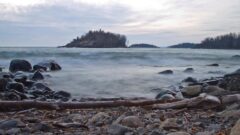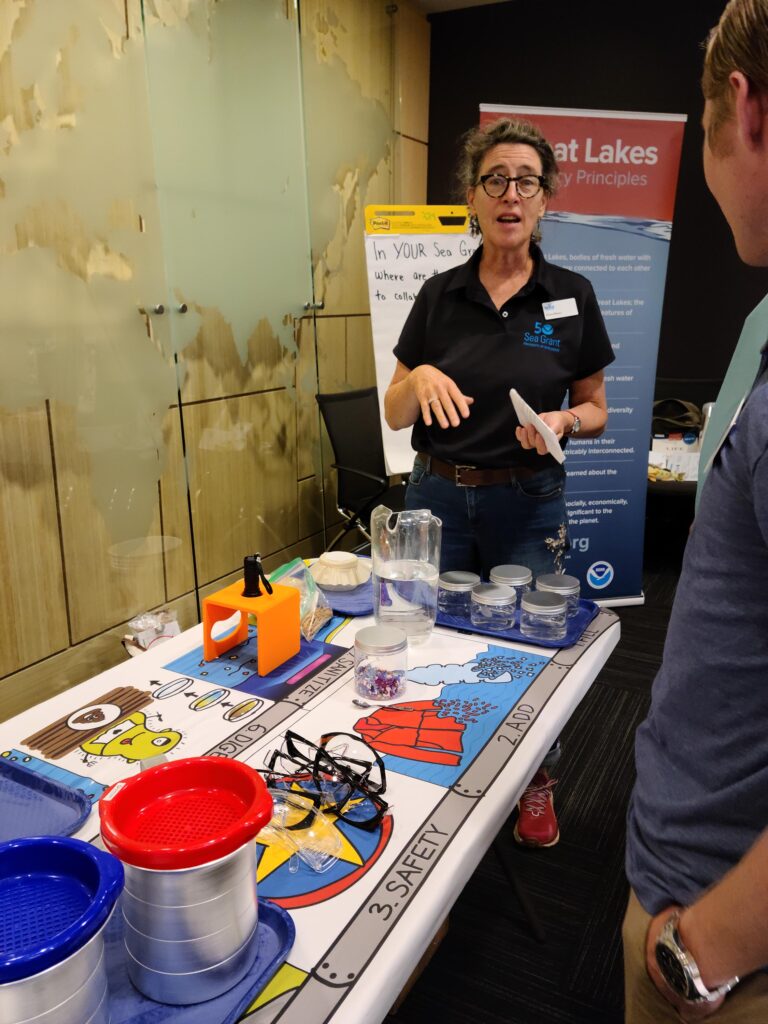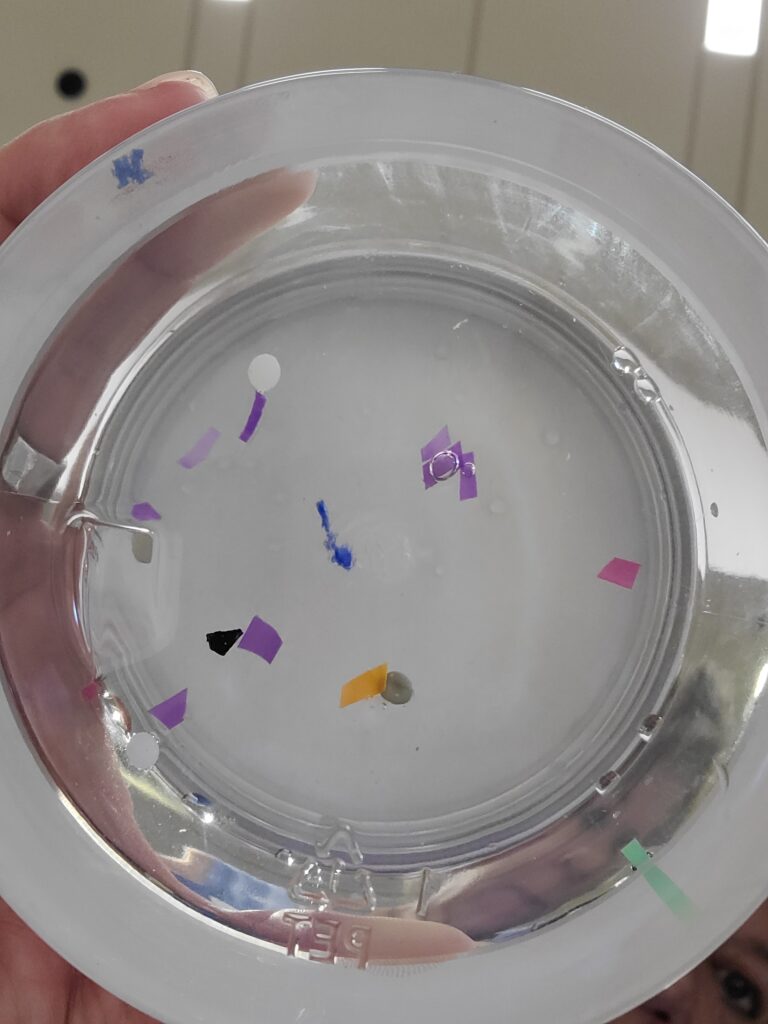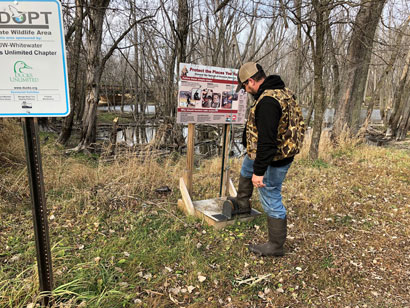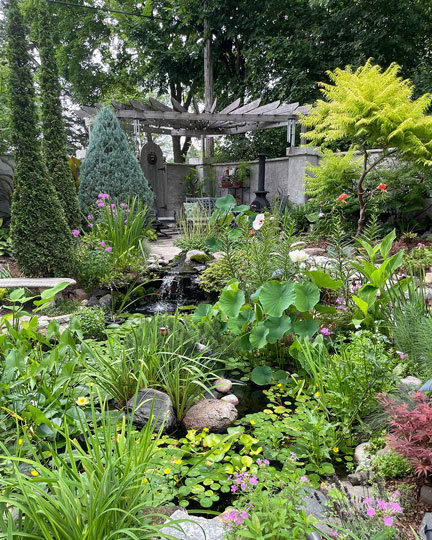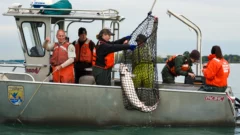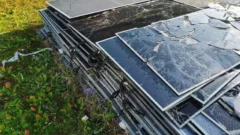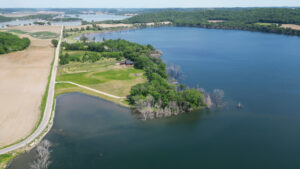AG Nessel, Michigan tribes, voice support for Bad River Band appeal of Line 5 ruling
Michigan Attorney General Dana Nessel has lent her support to the Bad River Band of the Lake Superior Tribe of Chippewa Indians’ efforts to shut down part of Enbridge Energy Company’s Line 5. Read the full story by Interlochen Public Radio.
Great Lakes Commission
https://www.glc.org/dailynews/20231023-line-5

